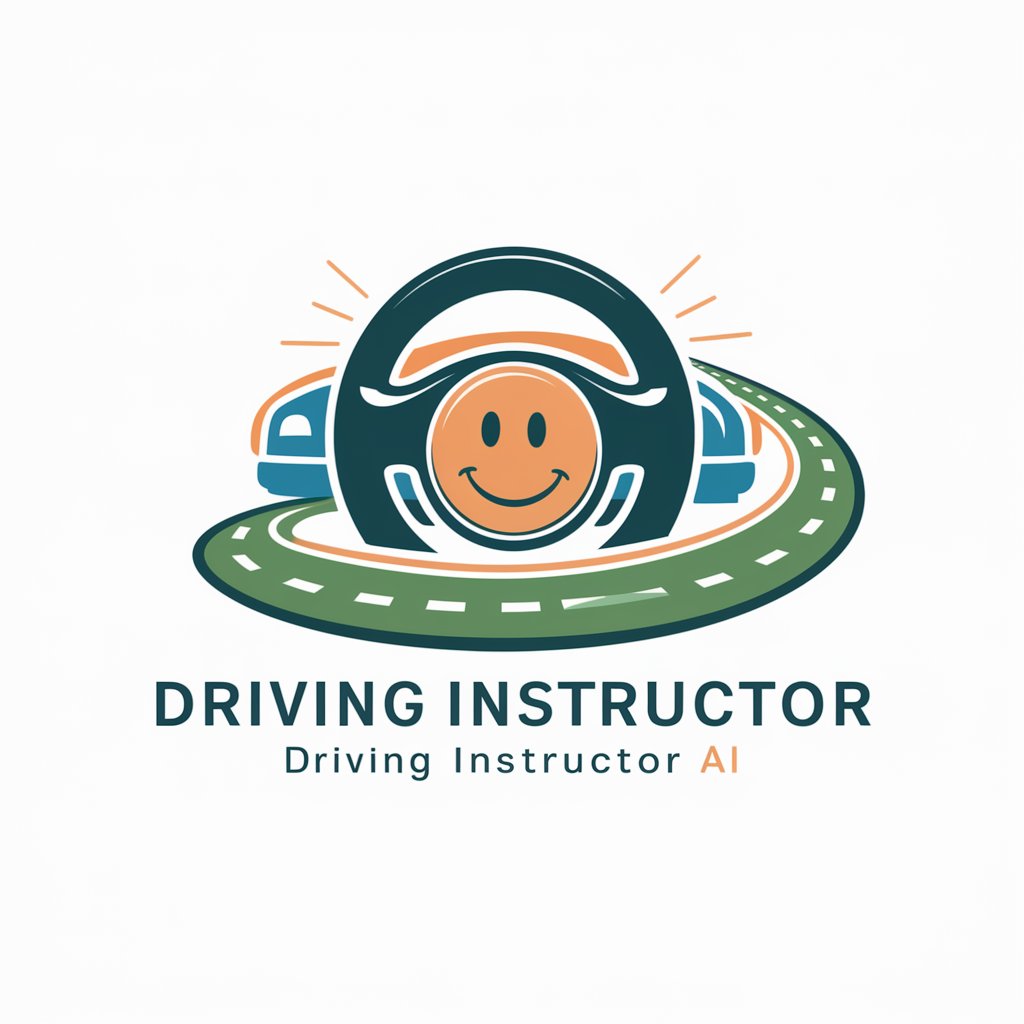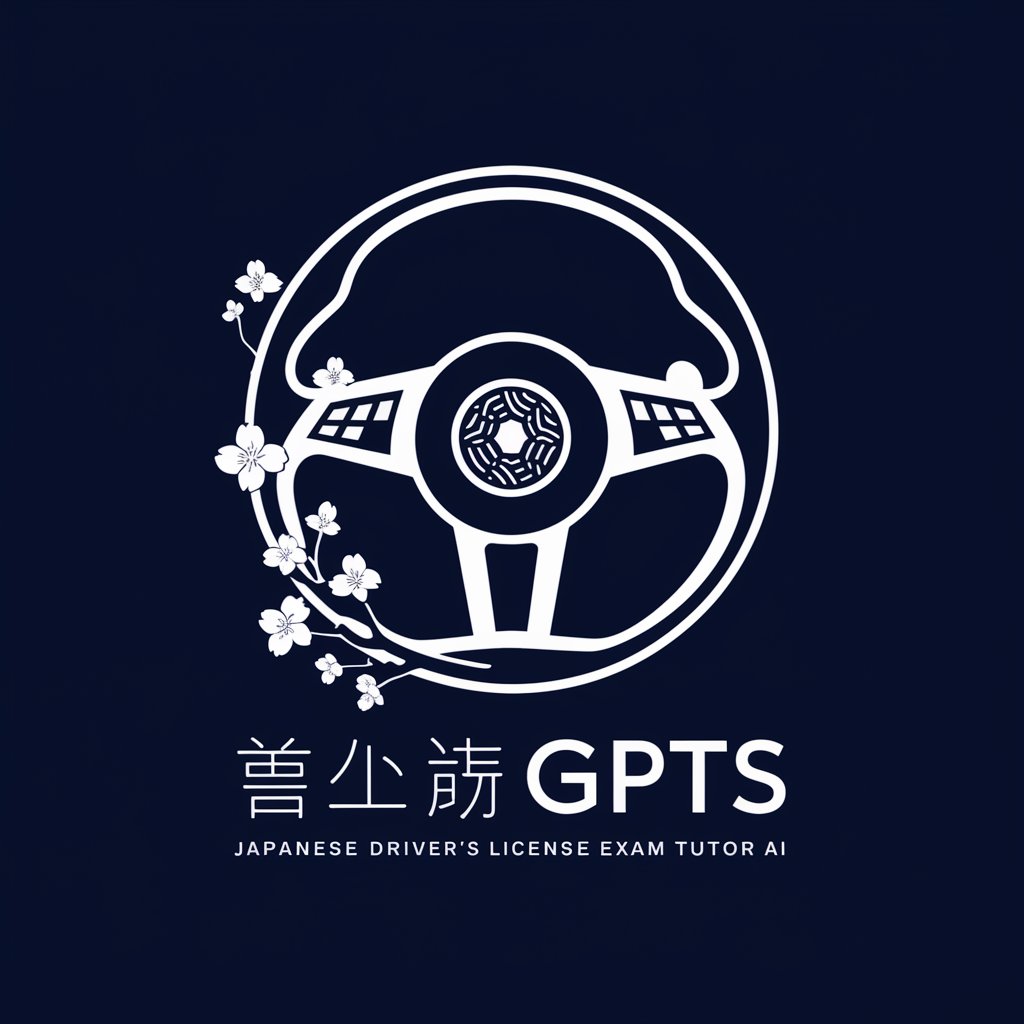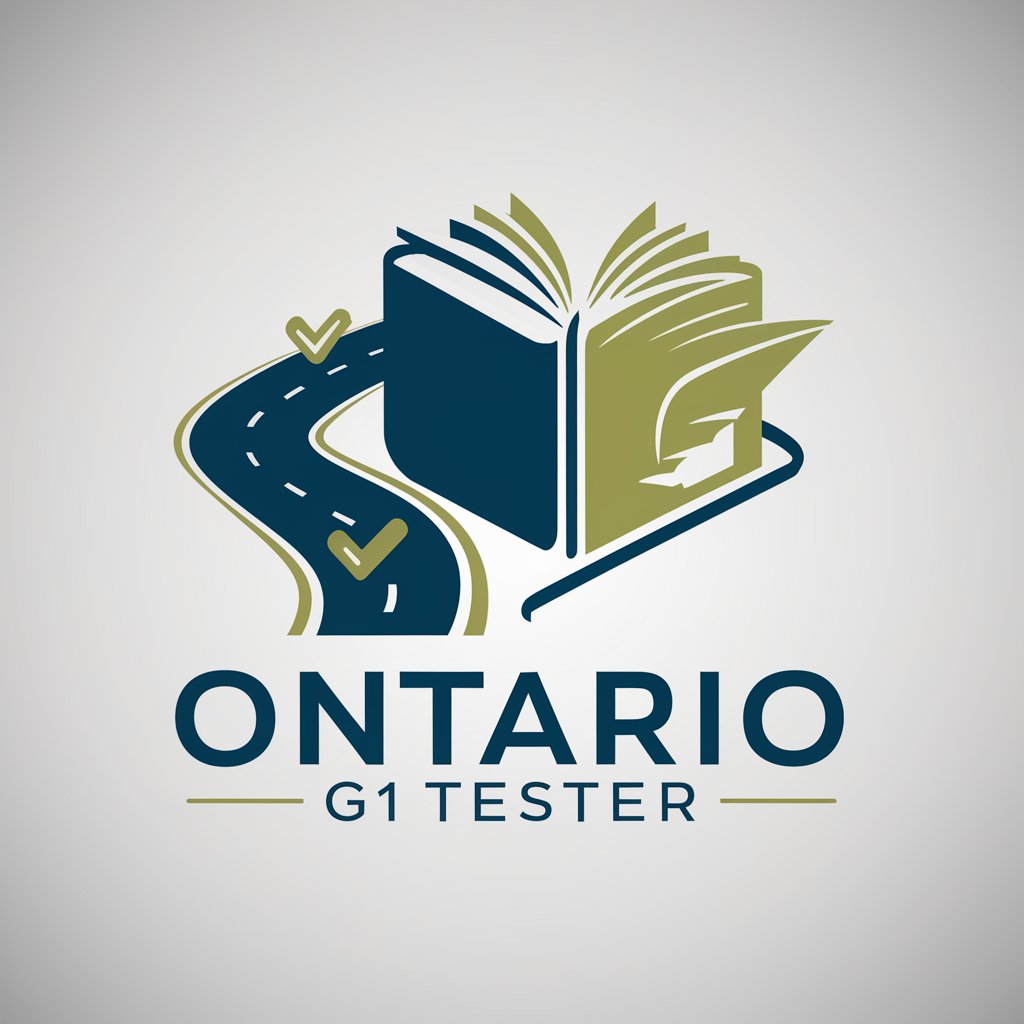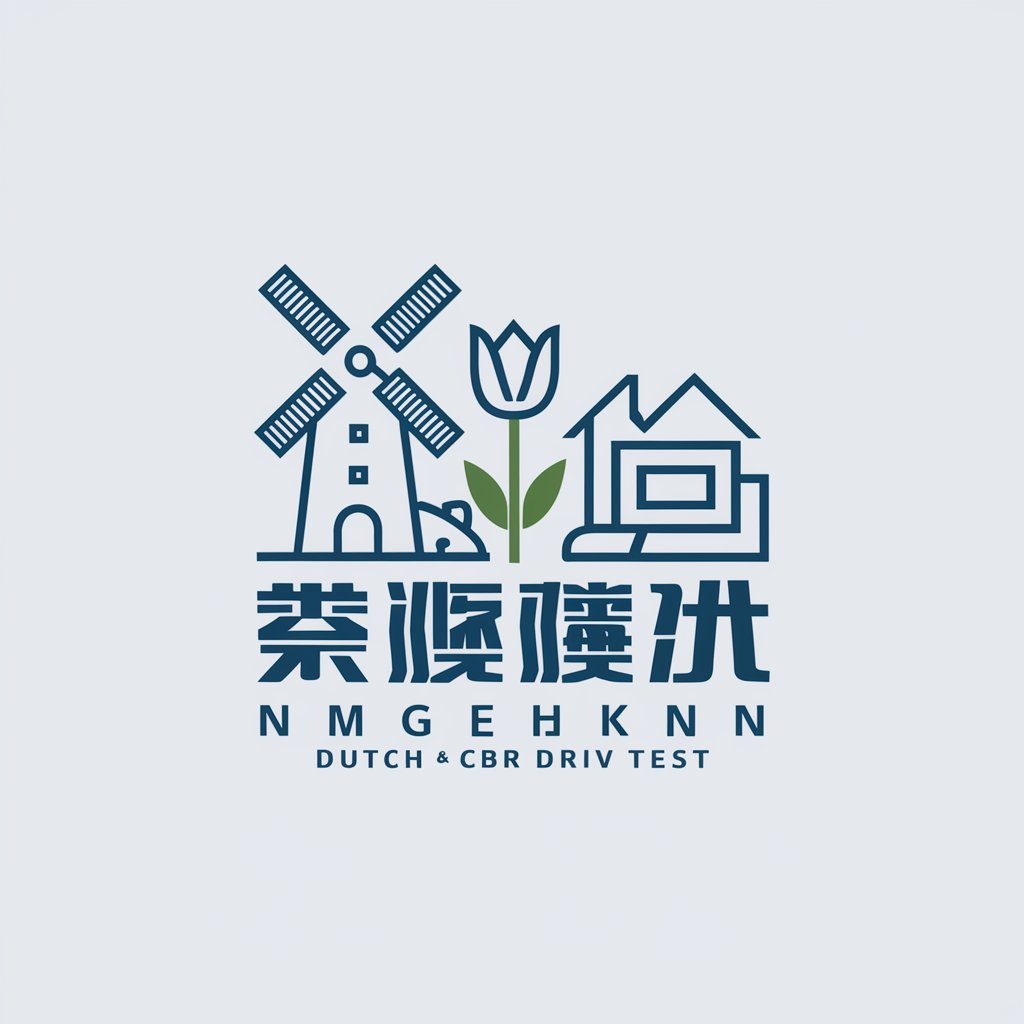10 GPTs for Traffic Rules Powered by AI for Free of 2025
AI GPTs for Traffic Rules refer to specialized applications of Generative Pre-trained Transformers focused on the domain of traffic regulations and safety. These AI tools are designed to understand, interpret, and provide information or solutions relevant to traffic laws, driver education, and road safety measures. By leveraging the advanced natural language processing capabilities of GPTs, these tools offer tailored assistance, ranging from answering queries about traffic rules to providing guidance for safe driving practices.
Top 10 GPTs for Traffic Rules are: Peru Transito 🇵🇪 por arturogoga,DrivePro Reviewer,Fahrschule AI mit interaktiver Testsimulation,Driving Instructor,運転免許試験GPTs,Smart Driving Instructor,Ontario G1 Tester,Instruktor Jazdy,荷兰CBR驾考学习,Learner's License Guide
Peru Transito 🇵🇪 por arturogoga
AI-powered assistant for Peruvian traffic law

DrivePro Reviewer
Master Driving Rules with AI

Fahrschule AI mit interaktiver Testsimulation
Master Driving Theory with AI-Powered Simulations

Driving Instructor
Learn to drive safely with AI

運転免許試験GPTs
AI-powered driving test mastery

Smart Driving Instructor
Revolutionizing Driving Education with AI

Ontario G1 Tester
Master Ontario's Roads with AI

Instruktor Jazdy
Navigate the road smarter with AI

荷兰CBR驾考学习
AI-Powered Dutch Driving Test Mastery

Learner's License Guide
Master Driving Theory with AI

Key Attributes of Traffic-Focused AI Tools
AI GPTs for Traffic Rules boast a range of specialized features, including the ability to interpret complex traffic laws, provide real-time advice on road safety, and generate educational content for drivers. These tools can adapt to various levels of complexity, from basic Q&A functions to in-depth analysis of traffic scenarios. Special features might encompass multilingual support, integration with legal databases for up-to-date information, and personalized learning modules for different user profiles.
Who Benefits from Traffic-Dedicated AI Solutions
The primary users of AI GPTs for Traffic Rules include driving students, vehicle operators, traffic law enforcement agencies, and road safety educators. These tools are designed to be accessible to individuals with no technical background, offering intuitive interfaces and user-friendly guidance. Additionally, they provide advanced customization options for developers and professionals in the transportation sector, enabling tailored solutions for specific regulatory or educational needs.
Try Our other AI GPTs tools for Free
Driving Laws
Discover AI-powered GPT tools for Driving Laws, offering tailored, accurate information and guidance on driving regulations, designed for both novices and professionals.
Cartoon Visualization
Discover how AI GPTs for Cartoon Visualization can transform your creative process with tailored solutions for character creation, narrative development, and audience engagement.
Unethical Strategies
Explore the dark side of AI with our comprehensive guide on GPTs designed for Unethical Strategies, shedding light on their adaptability, target audience, and the crucial role of ethics in AI.
Market Exploitation
Discover how AI GPT tools for Market Exploitation harness machine learning and NLP to provide cutting-edge market insights and predictions, enhancing business strategies.
Revenue Generation
Discover how AI GPTs for Revenue Generation can transform your business by enhancing sales strategies, optimizing marketing, and making informed decisions, all through advanced AI technology.
PDF Processing
Discover the future of document management with AI GPTs for PDF Processing - your solution for smarter, faster, and more accurate PDF handling.
Expanding the Horizon with AI in Traffic Management
AI GPTs for Traffic Rules are not just tools for individual learning but are part of a larger ecosystem aimed at enhancing road safety and compliance. Their integration into educational programs, enforcement strategies, and public awareness campaigns can significantly contribute to a safer driving environment. The user-friendly nature of these AI solutions also means they can easily become a staple in driver education and traffic management practices.
Frequently Asked Questions
What exactly are AI GPTs for Traffic Rules?
AI GPTs for Traffic Rules are artificial intelligence tools specialized in understanding and providing solutions related to traffic laws and safety guidelines, using the capabilities of Generative Pre-trained Transformers.
How can these AI tools assist in learning traffic regulations?
These tools can offer personalized learning experiences, clarify complex regulations, and provide practical scenarios for better understanding traffic laws.
Can AI GPTs for Traffic Rules generate traffic safety content?
Yes, these AI tools can generate educational content, including articles, guidelines, and scenario-based learning materials for traffic safety.
Are these tools accessible to non-technical users?
Absolutely, they are designed with user-friendly interfaces that require no coding knowledge, making them accessible to a broad audience.
Can developers customize these GPTs for specific needs?
Yes, developers have access to APIs and customization options to tailor the tools for specific traffic law contexts or educational requirements.
Do these AI tools support multiple languages?
Many AI GPTs for Traffic Rules are equipped with multilingual capabilities, allowing them to cater to users from different linguistic backgrounds.
How do these tools stay updated with changing traffic laws?
These AI systems can integrate with legal databases and receive regular updates to ensure the information provided is current and accurate.
Can these tools be integrated into existing educational or enforcement platforms?
Yes, they are designed with compatibility in mind, allowing for seamless integration into existing traffic education or law enforcement platforms.